Hayne Tunnel
Hayne Tunnel
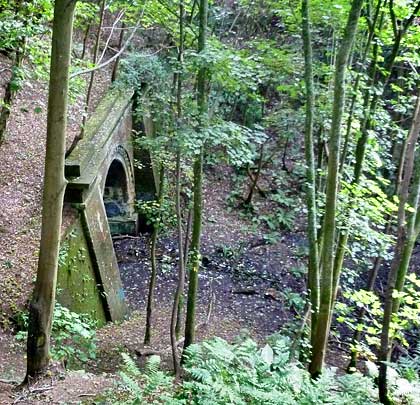
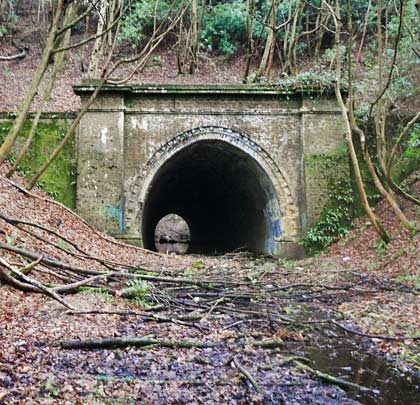
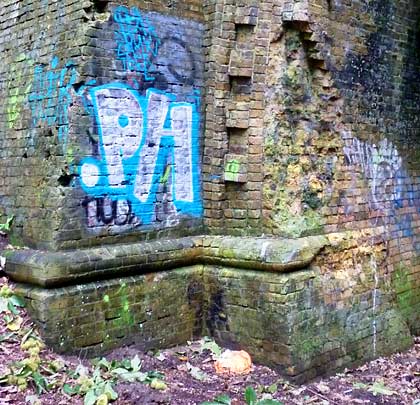
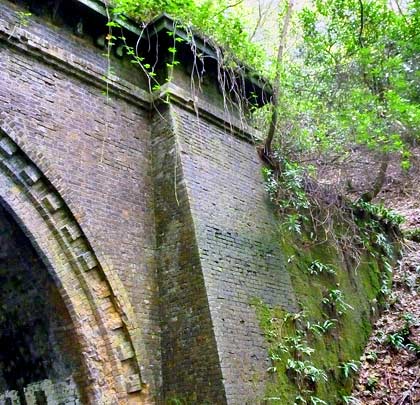
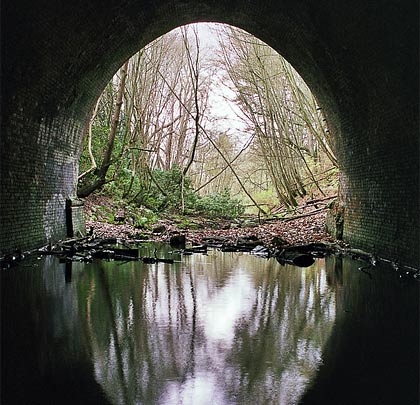
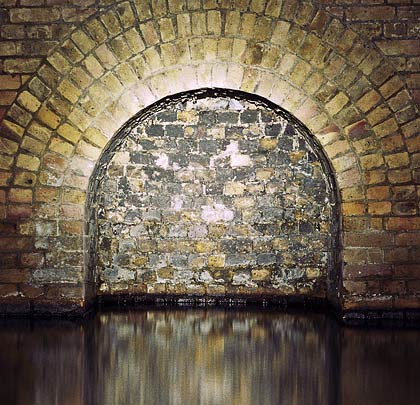
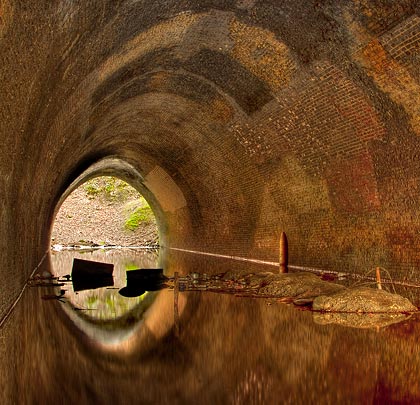
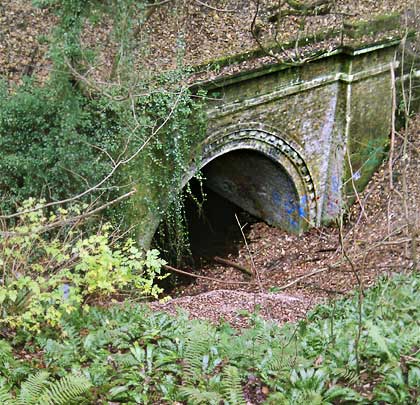








Ceremonially opened by the South Eastern Railway on 9th October 1874, a three-mile double-track branch connected Hythe and the coastal town of Sandgate to the company’s main line at Westenhanger. It was planned as a route for passengers destined for the Channel ferries and an extension to Folkestone Harbour – mostly in tunnel – received Parliamentary approval in 1876, but was not progressed thanks in part to objections from landowners.
Its strategic importance diminished, the line was never commercially successful and services beyond Hythe were withdrawn in 1931; the remainder of the branch was singled. Temporary closure brought trains to a halt between 1943-45 and, when restarted, they survived for just six more years, finally ending on 3rd December 1951.
In terms of engineering, the route’s principal feature was a tunnel of 94 yards under Heane Wood, approached through long cuttings, particularly at the eastern end. The portals are eye-catching brick affairs with fine architectural detailing. They feature considerable buttresses either side of the entrances, triangular wing walls and a masonry cornice supported on corbels, running the length of the parapet. Brick is again dominant internally, forming a single refuge on the Up side at the tunnel’s midpoint. The lining appears to be as many as eight bricks thick.
Since closure, the eastern approach cutting has been infilled. Slips at the west end has caused a deep lagoon to form in the tunnel, fed by a spring which emerges into it. A pump, housed in a shed at the east portal, used to feed water to a nearby fruit farm.
The former trackbed from Sandling to the tunnel, now forms part of the Elham Valley Way. A visit to the west portal makes a compelling diversion off the beaten track.







